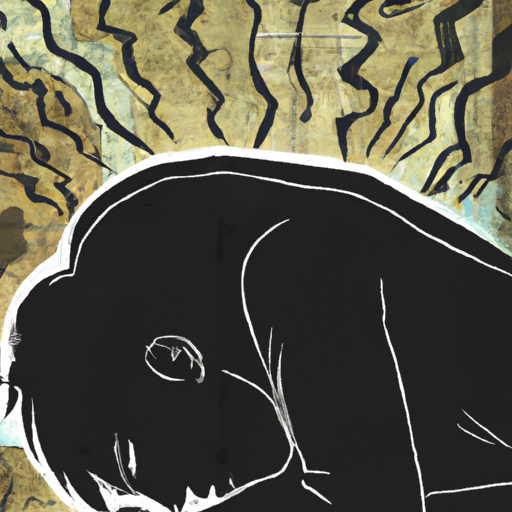The Canadian Opioid Crisis: An Ever-Deepening Quagmire
In a recent news piece by the CBC, the true extent of the Canadian opioid crisis was laid bare, and it is clear the effects are far-reaching and devastating. This crisis has transformed from a clandestine health catastrophe into a public issue that is impacting countless lives and communities across the nation, specifically around opioids like fentanyl, a potent synthetic painkiller now being used illegally with damaging results.
Impacts of The Opioid Crisis
The ripple effects of the opioid crisis are multidimensional, affecting not just the health sector, but engendering a domino effect that trickles down to social, economic, and criminal spheres. This is evident in the proliferation of crime rates, decimated lives, fractured families, and the increasing unemployment and homelessness rates.
Burgeoning Crime Rate
Unsurprisingly, the opioid crisis has seen a concomitant rise in crime rates. The perpetual demand for opioids to cater for addictive behaviors has fueled underworld operations leading to an influx in criminal activities. Theft, among other crimes, is usually committed by these addicts trying to gather the enormous funds needed to sustain their addiction. This has resulted in an unsafe environment for the communities.
The Homeless Crisis
The crisis has also irrefutably exacerbated the homeless crisis in Canada. More often than not, those grappling with addiction find it increasingly difficult to maintain steady employment or secure housing, eventually pushing them onto the streets. This becomes a cycle that only serves to fertilize the ground for a more profound homeless and opioid crisis.
Efforts to Combat the Crisis
But in the midst of such despair, the efforts of individuals, organizations, and government bodies are blazing a trail towards a potential resolution. One of the strategies being employed is the distribution of naloxone kits and providing training on how to utilize them. Naloxone is a potentially life-saving drug that can temporarily reverse an opioid overdose.
Naloxone Distribution
By increasing the accessibility of naloxone, there is a greater chance of saving lives in emergency situations. Some provinces have made the move to provide free take-home naloxone kits via pharmacies and other locations. Additionally, training is also being offered to the general public to administer naloxone correctly when needed, which could be pivotal in combating this crisis.
Opioid Class Action Lawsuit
Another strategy is the opioid class action lawsuit initiated by provinces against major opioid manufacturers and wholesalers. The aim of this action is to secure compensation from these companies for the devastating impact of the opioid crisis. If successful, these funds could significantly bolster efforts to alleviate the problem.
Key Points from the Article:
- Increased rates of crime and homelessness in Canada are directly linked to the opioid crisis.
- Naloxone kits offer hope as a life-saving measure to reverse opioid overdoses.
- Provinces across Canada have initiated an opioid class action lawsuit aimed at pharmaceutical companies. If successful, this could provide much-needed funds for crisis alleviation efforts.
Closing Thoughts
The social and economic ramifications of the opioid crisis in Canada are profoundly disconcerting. What began as a health crisis has unfurled into a complex societal problem affecting even those far removed from the epicenters of addiction. However, efforts such as naloxone distribution, public awareness programs, and legal actions against culpable pharmaceutical companies provide a glimmer of hope. Although these measures won’t eradicate the crisis overnight, they are invaluable steps in stemming the tide of this devastatingly pervasive epidemic.
